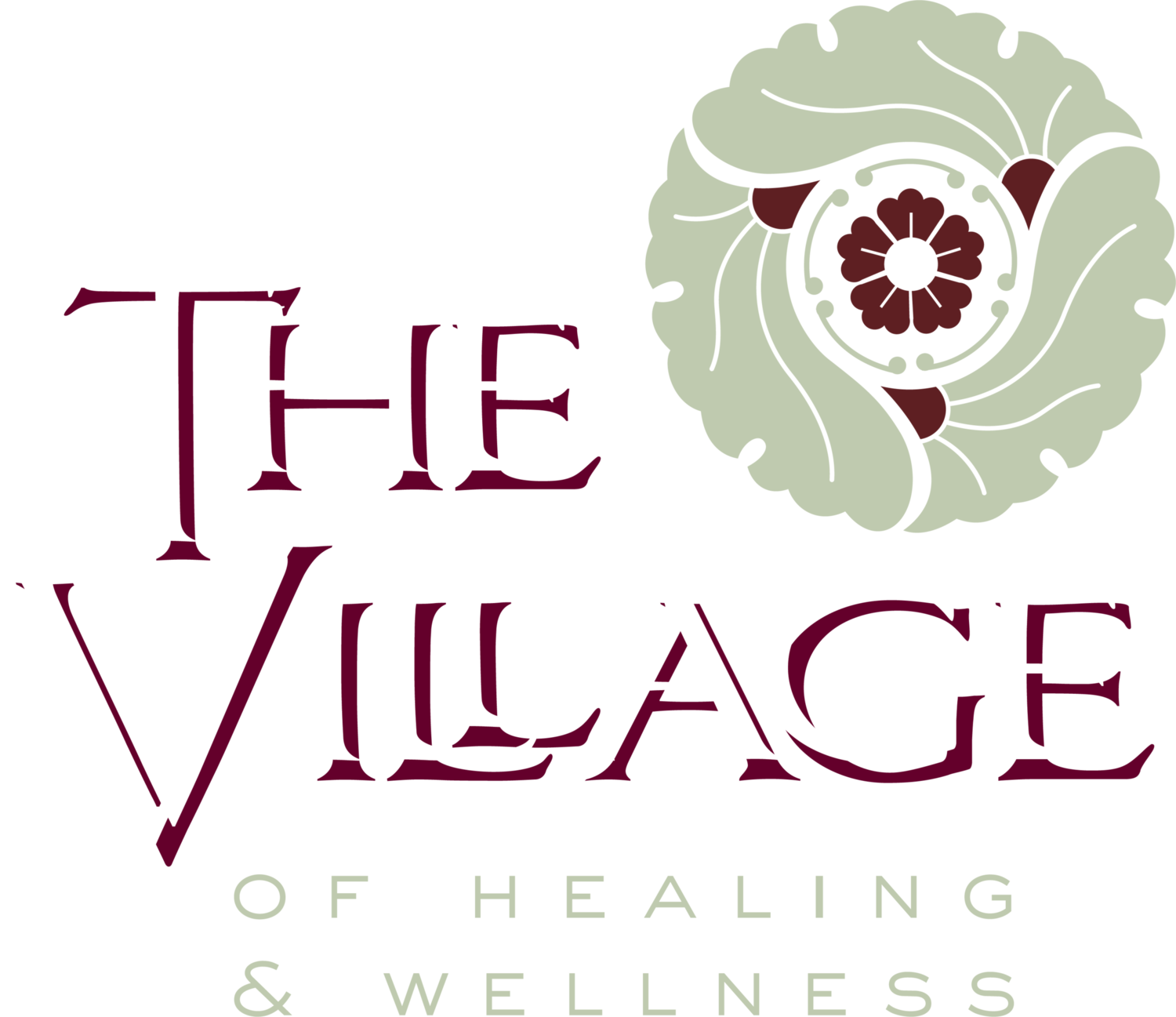There is universal agreement among practitioners of Modern Medicine that regular exercise is beneficial for maintaining and restoring health. A tenet common to both Integrative Medicine and Traditional Chinese Medicine is that while an injury or chronic disorder may be identified as a local pathology, it is the whole-body including emotion that participates in healing and management. For centuries, Qigong exercise has been prescribed within traditional Chinese medical practice.
In recent decades, its popularity as part of healthful living has spread to proponents of Integrative Western Medicine. Therefore, it was not so surprising that, authors of an article published in the Harvard Women’s Health Newsletter, May 2009, coined the apropos phase that tai chi (qigong) was Medication in Motion. The only surprise was why did it take so long for Western medical practitioners to come to this epiphany? But then again, maybe not so surprising, as modern medicine evolves from fact validated in scientific research rather than theoretical, empirical or intuitive belief. As such, modern medical practitioners are just beginning to understand what the Chinese have accepted for millennia: regular practice of qigong is a true path to health, healing and longevity. It is accessible to everyone: safe, effective, easy to learn, adaptable to level of activity tolerance, and needs no special equipment or expense.
Over the past 20 years, scientific research studies investigating beneficial effects, physiologic pathways and actions of qigong practice have grown exponentially. While additional research is still needed to validate theoretical claims and exploratory research, and to understand mechanisms of action, there is sufficient evidence to substantiate validity. Clinical studies have found evidence of improved balance and fall prevention, cardiovascular function, motor control, postural correction, improved bone density, pain management, immune response, stress reduction, quality of sleep, sense of well-being, quality of life, and mediation of inflammatory response. This wide array of potential health benefit is explained in theory by an analysis of mode of qigong exercise such analysis reveals the multi-dimensional components of qigong exercise including mind/body, relaxation, focus, autonomic response, weight-bearing, and stretching, as well as aerobic, strengthening, proprioceptive, balance, and neuromuscular training. This multiplicity of action suggests a very broad base of therapeutic application. Further research is providing some insight into mechanism of restorative and healing action. In a year –long randomized clinical trial, Dr. Shinn-Zong Lin from the China Medical University of Taiwan reported evidence of increased t-cell production in healthy young adults practicing tai chi (Qigong exercise). This finding is notable because t-cell production is related to restorative (healing) and anti-aging processes. Two clinical trials, one from Sidney Australia and the other from UCLA, both studying clinical populations with cancer and both reported in 2014, found evidence of mediation of inflammation attributed to tai chi (qigong) practice. Results of these latter studies have implication because inflammation is known to be a precursor to many disorders including, cancer, cancer recurrence, heart disease, arthritis and autoimmune disorders.
So given the current state of evidence, the relevant question emerges: Just how much evidence will it take to convince us that a daily investment of time performing qigong exercise should be an essential part of our healthy lifestyle? Answer: Maybe just one time – doing the 24 Posture Qigong Routine.
Professor Emeritus Dr. Penelope J Klein, EeD, PT © 2015.
